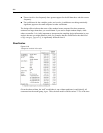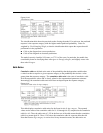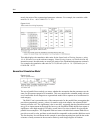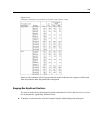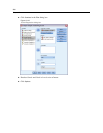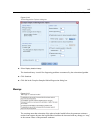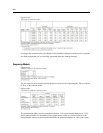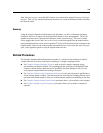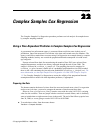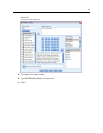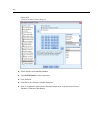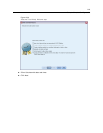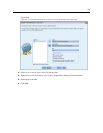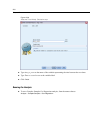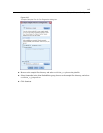
Chapter
22
Complex Samples Cox Regression
The Complex Samples Cox Regression procedure performs survival analysis for samples drawn
by complex sampling methods.
Using a Time-Dependent Predictor in Complex Samples Cox Regression
A government law enforcement agency is concerned about recidivism rates in their area of
jurisdiction. One of the measures of recidivism is the time until second arrest for offenders. The
agency would like to model time to rearrest using Cox Regression on a sample drawn by complex
sampling methods, but they are worried the proportional hazards assumption is invalid across
age categories.
Persons released from their firstarrestduringthemonthofJune2003wereselectedfrom
sampled departments, and their case history inspected through the end of June 2006. The
sample is collected in recidivism_cs_sample.sav. The sampling plan used is contained in
recidivism_cs.csplan; because it makes use of a probability-proportional-to-size (PPS) method,
there is also a file containing the joint selection probabilities (recidivism_cs_jointprob.sav). For
more information, see the topic Sample Files in Appendix A in IBM SPSS Complex Samples
19. Use Complex Samples Cox Regression to assess the validity of the proportional hazards
assumption and fit a model with time-dependent predictors, if appropriate.
Preparing the Data
The dataset contains the dates of release from first arrest and second arrest; since Cox regression
analyzes survival times, you need to compute the amount of time between these dates.
However, Date of second arrest [date2] contains cases with the value 10/03/1582, a missing
value for date variables. These are people who have not had a second offense, and we definitely
want to include them as right-censored cases in the model. The end of the follow-up period was
June 30, 2006, so we are going to recode 10/03/1582 to 06/30/2006.
E To recode these values, from the menus choose:
Transform > Compute Variable...
© Copyright SPSS Inc. 1989, 2010
210



